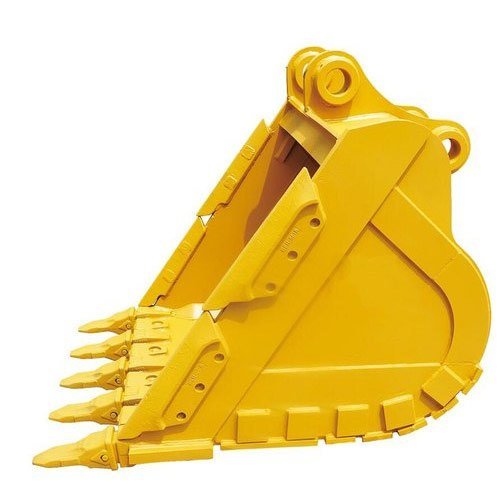
When it comes to heavy-duty excavation tasks, not all buckets are created equal. Among the various attachments available for excavators, the Rock Bucket stands out as one of the most robust and specialized tools designed for handling tough materials. Built to withstand extreme working conditions, the Rock Bucket is an essential attachment in mining, quarrying, demolition, and construction projects where strength, precision, and durability are crucial.
A Rock Bucket is a reinforced excavator attachment specifically designed for digging, loading, and handling hard and abrasive materials such as rocks, granite, and compacted soil. Unlike standard digging buckets, which are suited for general-purpose earthmoving, Rock Buckets feature extra-thick steel construction, heavy-duty teeth, and wear-resistant components that enable them to perform in the harshest conditions.
In essence, a Rock Bucket combines strength and precision to allow operators to penetrate dense materials efficiently without compromising the machine’s performance or risking damage to the bucket.
Rock Buckets are engineered for endurance. Here are some of their most important design features:
Reinforced Structure:
The bucket body is built from high-tensile steel plates with extra reinforcement on high-stress areas like the side cutters, bottom, and corners. This design ensures longer life and resistance to bending or cracking.
Wear-Resistant Materials:
The cutting edge, side edges, and bucket teeth are often made from hardened steel or equipped with replaceable wear strips to reduce wear and tear during operation.
Heavier Teeth and Shanks:
The bucket teeth are larger and stronger compared to standard buckets. These teeth are designed to break through compacted materials and loosen embedded rocks effectively.
Curved Profile:
The curvature of the Rock Bucket enhances material flow, making it easier to dig deep and load efficiently without clogging or unnecessary resistance.
Optional Accessories:
Some models include bolt-on side cutters, heel shrouds, and corner protectors that can be replaced as needed — ensuring the bucket maintains optimal performance over time.
The Rock Bucket works in coordination with the excavator’s hydraulic system. The operator controls the arm, boom, and bucket cylinder to dig, lift, and load materials. The unique design and materials of the Rock Bucket allow it to:
Penetrate Hard Surfaces:
The pointed, durable teeth concentrate the excavator’s force into a small area, making it possible to break through compacted earth or rock layers with precision.
Scoop and Hold:
The bucket’s curved profile allows smooth scooping action, while the reinforced structure prevents deformation under pressure.
Load and Dump Efficiently:
Once filled, the bucket’s design facilitates easy dumping, reducing material sticking and allowing faster cycles, which improves productivity.
Minimize Wear:
The use of abrasion-resistant materials and replaceable components minimizes wear, reducing downtime for maintenance.
Essentially, the Rock Bucket enhances an excavator’s ability to work in difficult terrains where standard buckets would quickly wear out or fail.
Because of their durability and efficiency, Rock Buckets are used across various industries:
Mining and Quarrying: Ideal for digging and loading rocks, boulders, and crushed stone.
Construction: Useful for foundation excavation, road construction, and handling demolition debris.
Landscaping and Site Preparation: Effective for clearing rocky terrain or removing large stones.
Demolition Projects: Can handle concrete and debris without sustaining excessive damage.
In all these applications, the Rock Bucket ensures maximum digging power and operational reliability, reducing equipment downtime and boosting productivity.
Enhanced Durability:
Designed for the toughest environments, Rock Buckets last significantly longer than standard buckets.
Improved Efficiency:
Their optimized shape and strong teeth allow faster penetration and loading, helping operators complete tasks more quickly.
Reduced Maintenance Costs:
Replaceable components and wear-resistant materials lower repair frequency and overall maintenance expenses.
Versatility:
Though primarily used for rocks and hard materials, Rock Buckets can also handle compacted soils, gravel, and mixed debris, making them a versatile investment.
Better Performance in Harsh Conditions:
Whether it’s rocky ground, dense clay, or debris-laden sites, Rock Buckets deliver consistent performance where other attachments struggle.
When selecting a Rock Bucket, it’s important to consider factors such as excavator size, working conditions, material hardness, and the type of job. Matching the right bucket capacity and tooth configuration ensures optimal performance and prevents overloading or equipment damage.
Many manufacturers also offer customization options, allowing users to select specific steel grades, reinforcement patterns, and additional wear protection to suit unique project requirements.
A Rock Bucket is not just another excavator attachment — it’s a heavy-duty tool designed for reliability, endurance, and performance in the most challenging environments. Whether used in quarries, mines, or construction sites, it empowers operators to handle tough materials with ease and efficiency.
Investing in the right Rock Bucket ensures longer service life, reduced maintenance, and higher productivity — all critical factors for achieving cost-effective and high-performance excavation operations.
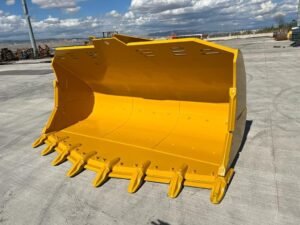
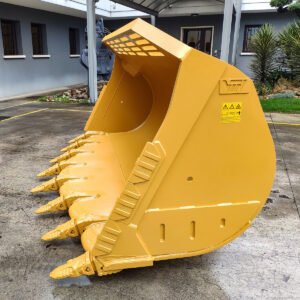
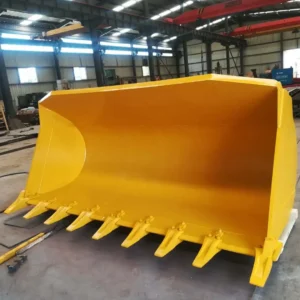
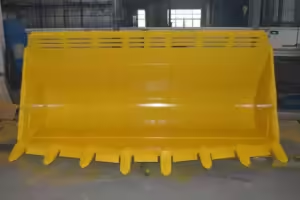
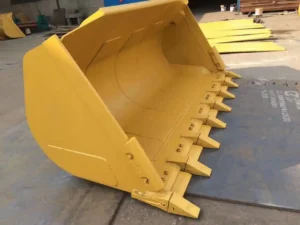
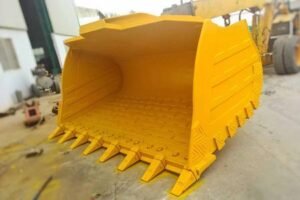
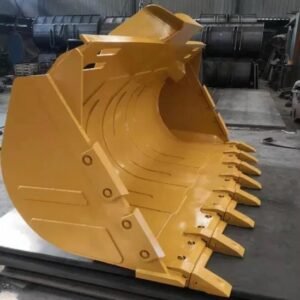
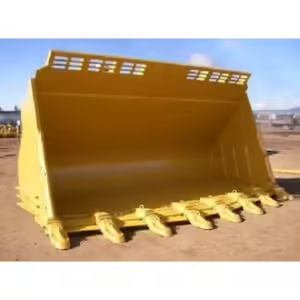
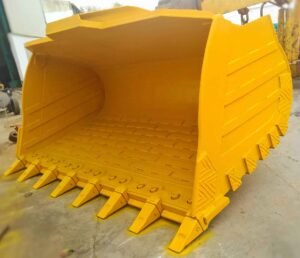
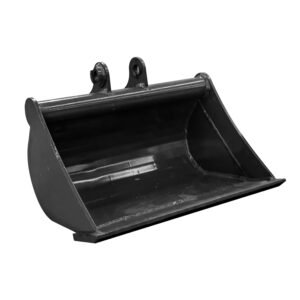
TEAM. All Rights Reserved. Developed by Pixel Tech.